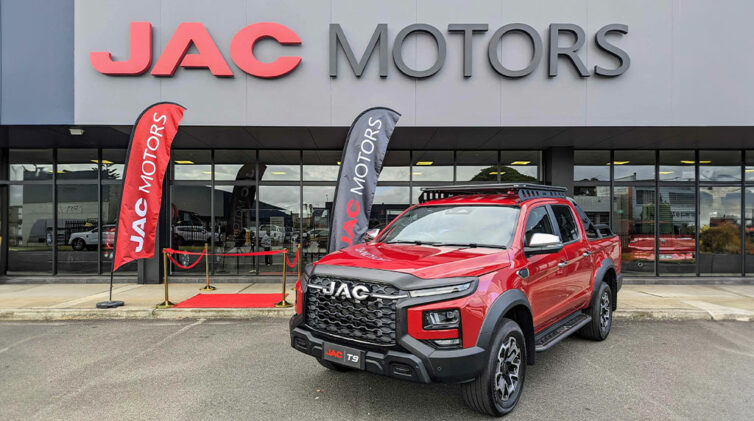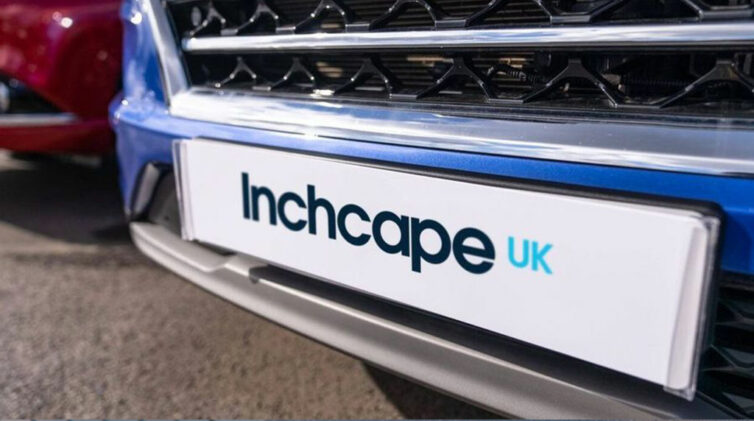The researcher said that almost half of all finance deals are originating in dealerships compared with 34 per cent in 2016.
It indicates that the strict ASIC rules applying to finance have benefited car dealers and potentially made consumers more comfortable with sourcing finance from the showroom.
But the research from ACA Research said many car buyers continue to avoid shopping around for a better deal on a loan because in many cases “the whole thought of finance is triggered at the dealership”.
ACA Research director responsible for the automotive market, Ben Selwyn said: “These people don’t appear to think about paying for the vehicle until they’re in the showroom”.
He said there was another group of customers of the big banks who know rates and how much they can afford.”
But Mr Selwyn said that although the ASIC changes to F&I placed customers in a more transparent environment, he didn’t think the majority of consumers were aware of those changes.
“Obviously it impacted on dealerships and the way they sell and offer finance, but the changes are unlikely to be known by the majority of car buyers,” he said.
“I don’t think there’s a big level of understanding by consumers of the changes.”
Mr Selwyn said automotive finance is a highly lucrative market and manufacturers and dealers have taken notice.
Of the 17 million vehicles parked at seven million households in Australia, 4.2 million were bought on finance. Of that, 2.7 million financed vehicles in 2.4 million households (27 per cent of all households) across Australia are still being paid off.
ACA Research also found that the average price of financed vehicles is $39,900 and the average monthly payments for vehicle(s) per household is $711. Annual repayments total $20.4 billion.
It said that the finance uptake increases in line with vehicle prices, meaning 65 per cent of vehicles above $50,000 are financed.
Mr Selwyn said that over the past three years, OEMs and dealers have increasingly emphasised finance in their marketing offers.
“Almost half (47 per cent) of all finance deals are now originating at the dealership compared to just 34 per cent in 2016,” he said.
“While the Big Four banks supply finance for 36 per cent of all car buyers, they only finance 23 per cent of loans taken through dealers.
“That leaves the lion’s share of the car dealer-arranged finance market to captive finance providers, second tier banks and other non-bank lenders.”
The research showed that a large two-thirds (61 per cent) of the 1140 car buyers who sourced finance, surveyed during October 2021, did not shop for competitive quotes.
Further, about 40 per cent only began their hunt for finance in the week prior to purchase, with the average online research lasting three hours.
“Most consumers only get one quote, although younger buyers do tend to shop around,” Mr Selwyn said.
“As buyers age, they tend not to check the market, relying either on the experience they had with their lender previously or greater levels of financial confidence or financial literacy.”
Mr Selwyn said what was found to be critical in the selection of finance was strong relationships.
“If the financier is easy to deal with, has fast approval processes and is a trusted brand then many consumers will be loyal to their lenders when purchasing vehicles,” he said.
“Accordingly, lifetime value can be significant if a lender can acquire customers at an early age and retain them by providing a great customer experience.”
More than half of consumers chose their lender before visiting a dealership, with many of those who were undecided (42%) purchasing their finance at the dealership as the most convenient option.
ACA Research said the automotive finance sector was very fragmented and that the leading providers were CBA (13%), ANZ (10%), St George (9%), Toyota Financial Services (9%) and Macquarie bank (7%).
It said that overall, the Big 4 Banks have 36 per cent market share, while captive financiers including Toyota Financial Services, Nissan Finance and Volkswagen Finance have 20 per cent of the market.
“In many cases, customers of major banks are, however, looking elsewhere when seeking finance for new and used vehicles, citing perceptions that bank costs (interest rates and fees) were higher, and appreciating the greater convenience of the one-stop dealership concept,” the report said.
It said that the average consumer starts shortlisting vehicle brands and models around six weeks before purchase, with the finance journey starting about two weeks into the search as the shortlist is culled.
“It is therefore critically important for lenders to have a strong online presence and SEO strategy to ensure they intercept market entrants at the earliest stage of the customer journey,” Mr Selwyn said.
“Well trained dealer staff and fine-print transparency also showed up as critical elements for car dealers to secure the financing of a new vehicle purchase.
“As much as interest rates and loan durations matter, trust is very important in sealing the finance deal.”
By Neil Dowling















 Read More: Related articles
Read More: Related articles

